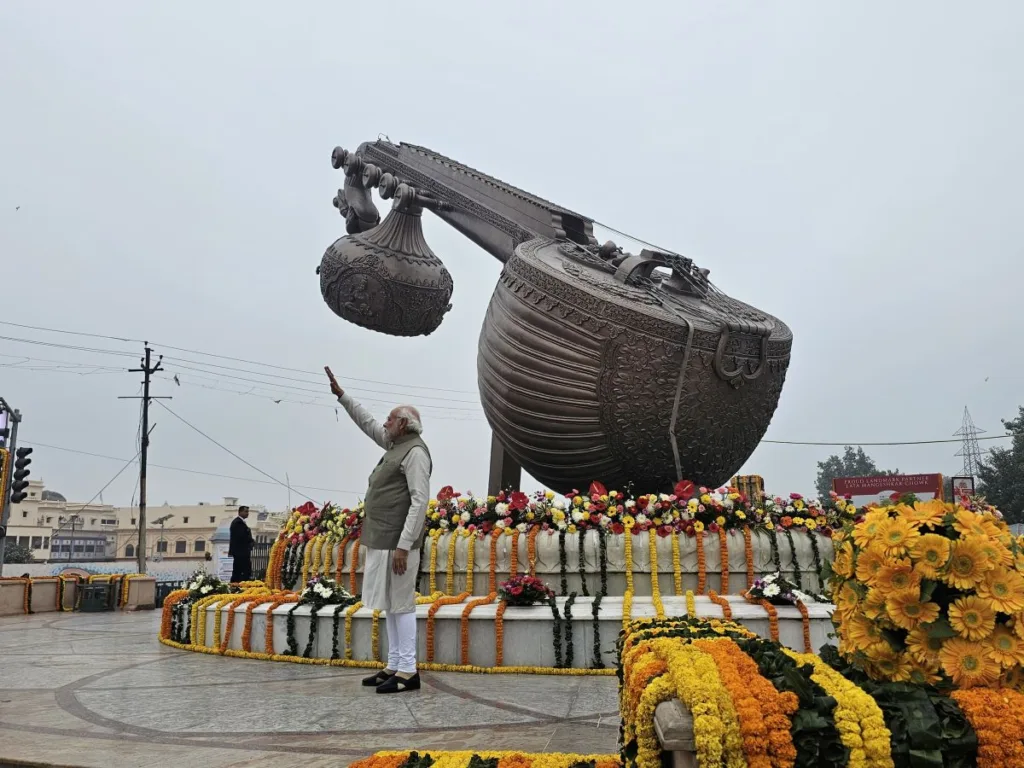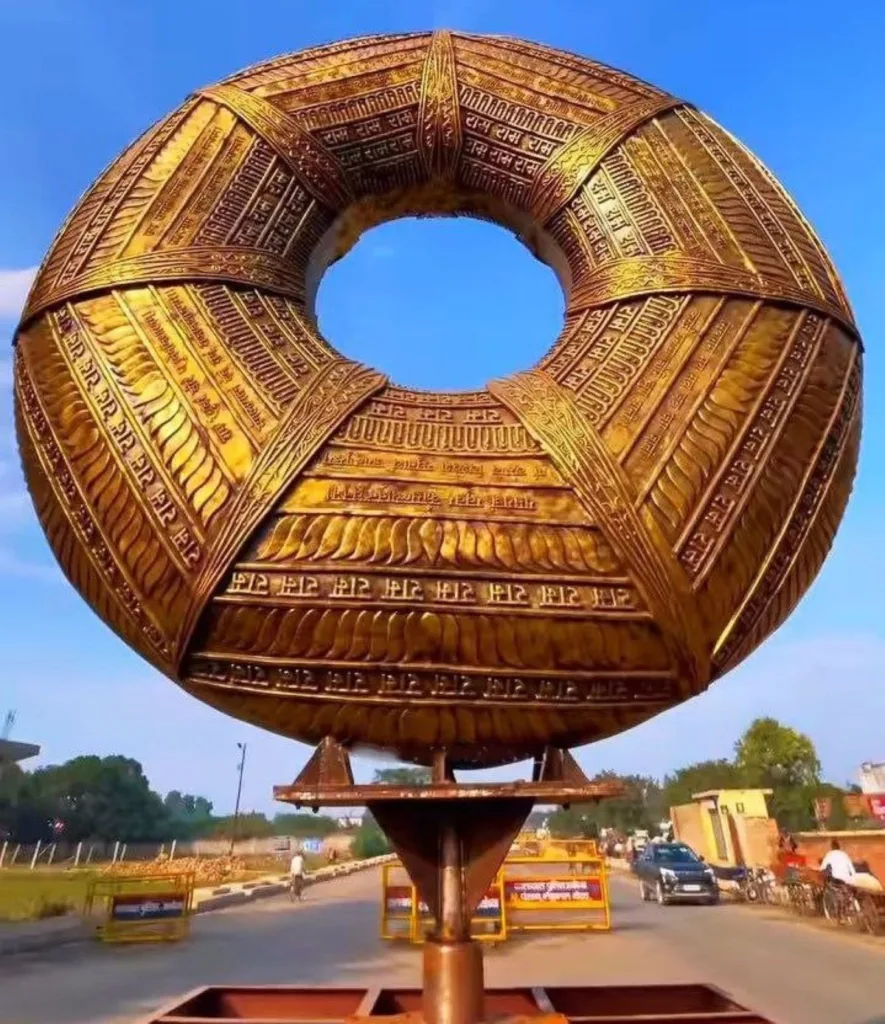
Ayodhya: A Spiritual Odyssey Through Time and Devotion
Ayodhya, with its rich spiritual heritage, is home to numerous historical marvels that narrate tales of devotion and faith. At the heart of this ancient city lies the Ram Mandir, a symbol of eternal devotion to Lord Ram. Let us embark on a journey through Ayodhya’s sacred sites, each echoing with the footsteps of ancient royalty and the harmonious coexistence of diverse faiths.
Historical Marvels: Ayodhya’s Treasures
Ayodhya’s historical treasures are boundless, showcasing regal sites like Hanumangarhi and the revered Shri Nageshwarnath Temple. These landmarks bear witness to Ayodhya’s storied past, where each stone holds the imprint of ancient royalty, narrating tales of a bygone era.

Ramkot and Kanak Bhawan:
Perched on high ground, Ramkot offers a panoramic view of Ayodhya and hosts the vibrant Ram Navami festival. Simultaneously, Kanak Bhawan, an exquisitely embellished temple, immortalizes the eternal bond between Lord Ram and Goddess Sita. These sites provide a glimpse into the timeless tales woven into Ayodhya’s cultural fabric.
Tulsi Smarak Bhawan: A Tribute to Goswami Tulsidas Ji
This sacred abode pays homage to the great saint-poet Goswami Tulsidas Ji, whose legacy lives on through prayer meetings, devotional concerts, and religious discourses. Tulsi Smarak Bhawan stands as a testament to the profound impact of spirituality and literature in Ayodhya’s cultural tapestry.

Treta-ke-Thakur:
Where Legends Were Born: Legend has it that Treta-ke-Thakur marks the spot where Lord Ram performed the legendary Ashwamedh Yagna. The ancient black sandstone statues housed within are believed to date back to the era of King Vikramaditya, adding a mystical aura to this sacred temple.
Jain Shrines: A Testament to Harmony
Ayodhya, significant for Jains as well, boasts five Jain Tirthankars, with their temples standing as a testament to the harmonious coexistence of faiths within the city. This diversity reinforces the inclusive and tolerant nature of Ayodhya’s spiritual landscape.
The Queen Huh Memorial Park: Bridging Continents
In tribute to Queen Huh Hwang-ok, the legendary figure who journeyed from Ayodhya to become the first queen of Gaya Kingdom in South Korea, this park stands as a symbol of unity between two nations. Her legacy serves as a testament to the historical connections that transcend geographical boundaries.

Saryu River: A Source of Purification and Reverence
The Saryu River, mentioned in ancient scriptures, flows through Ayodhya, providing devotees with a place to cleanse their souls. The tranquil banks adorned with temples and gardens make it a sacred spot for reflection and spiritual rejuvenation.
Suraj Kund:
Surrounded by picturesque ghats, Suraj Kund is a testament to the reverence for the Sun god among the Suryavanshi rulers of Ayodhya. Raj Ghat, Ram Ghat, Tulsi Ghat, and others offer pilgrims a place to connect with their faith through ritualistic cleansing.
Guptar Ghat: Lord Rama’s Sacred Departure
Guptar Ghat, where Lord Rama performed Jal Samadhi, serves as a poignant reminder of his earthly sojourn. This sacred spot invites contemplation and reflection on the profound spiritual teachings associated with Lord Ram’s departure.

Ayodhya, steeped in history and spirituality, beckons all seekers to tread its hallowed grounds. From the revered Ram Mandir to the tranquil Saryu River, each corner resonates with a timeless tale of devotion and faith. Come, be a part of this pilgrimage through the heart of India’s ancient soul, where history and spirituality intertwine in a harmonious dance through the ages.






